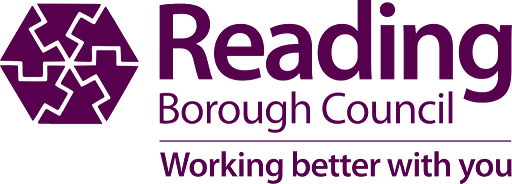Reading Borough Council Continues to Perform Well on Gender Pay Gap
Reading Borough Council continues to perform well compared to the majority of other organisations when it comes to the gender pay gap, latest figures show.
The gender pay gap is calculated as the difference between the average hourly earnings of men and women, as a proportion of average hourly earnings of men’s earnings. While nationally the gender pay gap stood at 17.3% in 2019, at Reading Borough Council the figure is 4.99%. A report going before the Council’s Personnel Committee on Wednesday March 18th shows the latest gender pay gap figures based on a snapshot of staff earnings taken on March 31st 2019. It shows that just under two in every three (60.7%) of the Council’s workforce were women.Councillor Ellie Emberson, Lead Councillor for Corporate and Consumer Services, said:
“Our latest figures again show how Reading Borough Council is outperforming the majority of other organisations when it comes to the gender pay gap. “Just under two in every three of the Council’s workforce are women and our gender pay gap is significantly lower than the national average. It is also very positive that so many of our senior managers are women. “As the report shows, this is thanks in part to the long-term effort that the Council has invested to ensure fair pay for all staff, including promoting and supporting flexible working options for all employees, having a clear policy of paying employees equally and implementing a consistent pay structure. We also have a workplace nursery based at the Council offices, Kennet Day Nursery, which supports our working parents. Kennet Day Nursery was assessed by Ofsted in February 2020 and we are really pleased that it retained its Outstanding rating. “There remains work to be done before we can truly claim to have fully addressed this issue, but we are moving in the right direction. There are more women than men at every pay level, yet over half of women are in the lower and lower middle pay levels and we know there are still barriers that could hinder women achieving senior positions, e.g. caring responsibilities and full-time working being the existing norm for senior roles. “While there are small year on year variations, the Council’s success in this area reflects our ongoing aspiration to be a fair and inclusive employer which treats all members of staff equally and make best use of our talent regardless of gender.” Reading Borough Council’s Personnel Committee report can be found at https://democracy.reading.gov.uk/documents/s10770/Appendix%201%20Reading%20Borough%20Council%20Gender%20Pay%20Gap%20Report%202019.pdfEnds
Notes
All employers with a headcount of 250 or more employees must comply with the gender pay gap regulations on a snapshot date. For local council’s authorities the date is March 31st each year. There are six calculations to carry out and the results must be published on the employer’s website and the Government Equalities Office website within 12 months. A slight variation in levels between 2018 and 2019 is the result of changes to the way figures are recorded. For the first time since gender pay gap reporting began in 2017, the Council’s data excludes the children’s services workforce which transferred to Brighter Futures for Children (BFfC) on 1 December 2018 (i.e. before the snapshot date of 31 March 2019). As BFfC’s is predominantly female (86%) this accounts for the lower proportion of women in the Council’s workforce on 31 March 2019.